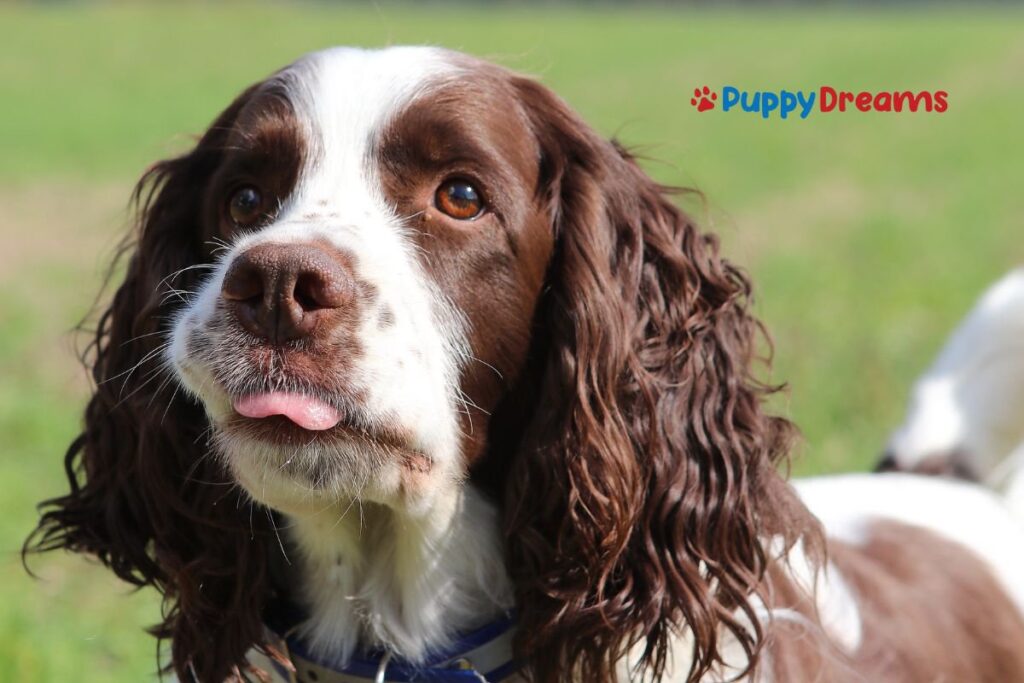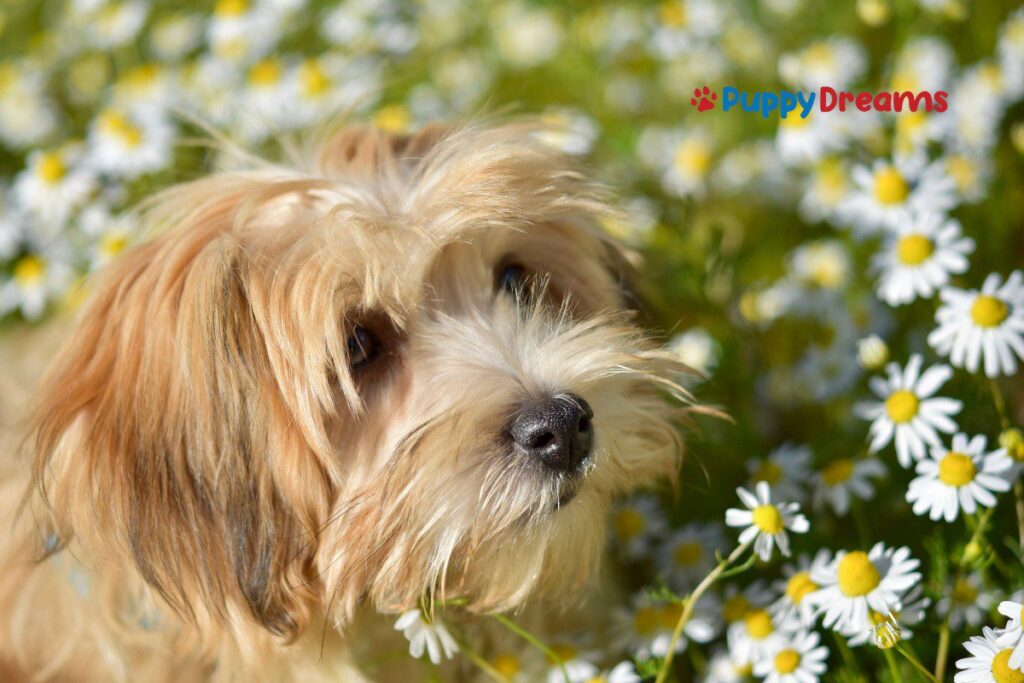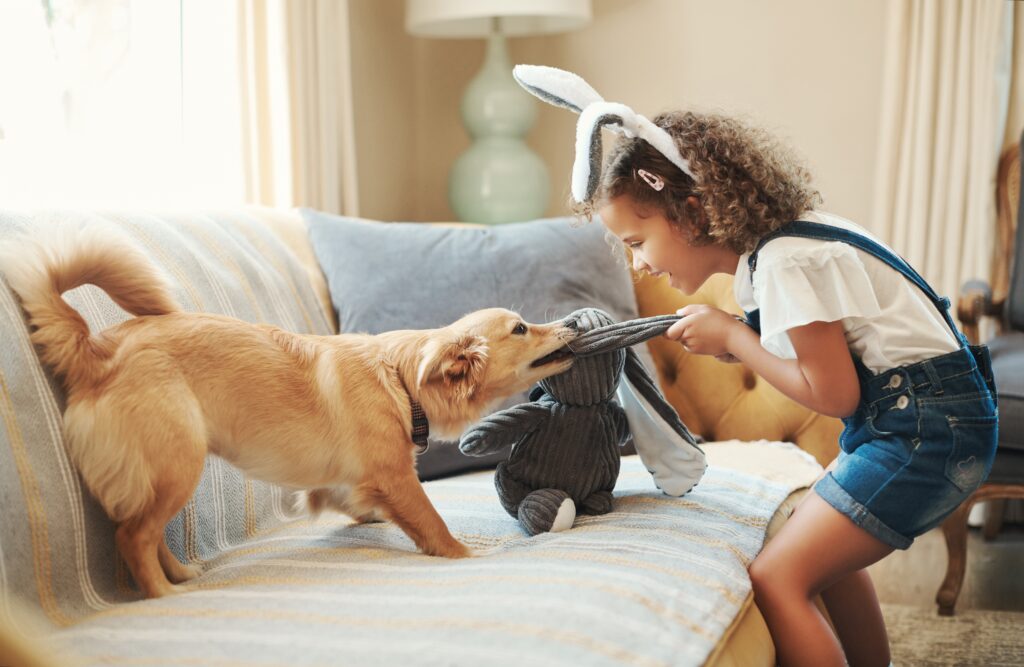Think you're safe from sneezing just because a puppy is “hypoallergenic”? Think again. Many loving pet owners hope for hypoallergenic puppy breeds that won’t trigger allergies—but “hypoallergenic” doesn’t mean “allergen-free.” This guide explores what that label really means, what causes pet allergies, and which breeds might ease your symptoms. Let's sort out the facts before you bring one home.
Key Takeaways:
- No dog is fully allergy-free; dander, saliva, and urine trigger dog allergies—not fur.
- “Hypoallergenic” puppy breeds shed less and spread fewer allergens, but reactions differ.
- Best small hypoallergenic breeds: Bichon Frise, Maltese, Yorkie, Toy Poodles, Mini Schnauzers.
- Best medium/large hypoallergenic breeds: Standard Poodle, Giant Schnauzer, Lagotto Romagnolo, Irish Water Spaniel, Afghan Hound.
- Good hypoallergenic mixes: Schnoodle, Cavapoo, Maltipoo—but coat traits vary by dog.
- Curly, non-shedding, or hairless coats trap dander better; grooming helps a lot.
- Grooming lowers allergens—brush 2–3x/week, bathe every 2–4 weeks, trim monthly.
- Always test your reaction with a dog before adopting; consult your doctor first.
- Adoption and reputable breeders both offer hypoallergenic options—pick based on health, not hype.
What Makes A Puppy Breed “Hypoallergenic”
No dog is 100% allergy-free. That surprises most folks, but it’s true. People often believe fur causes allergies. It doesn’t. The real problem is dander, saliva, and urine. All dogs have those.
So, what does “hypoallergenic dog” really mean? These dogs shed less and carry lower levels of allergens. That means they may cause fewer allergy attacks—but only for some people.
Let’s break it down.
Causes of Dog Allergies
The main issue is a protein. This protein lives in your dog’s dander (skin flakes), saliva, and urine. It floats through the air or sticks to clothes, walls, and floors. Inhaling it may trigger a reaction.
Allergies come from dander, saliva, and urine—not hair.
Hair just spreads it around. When dogs shed, the proteins hitch a ride. So more shedding means more allergens get into the air. Less shedding? Less spread.
What About Non-Shedding Hypoallergenic Puppy Breeds?
Some dogs barely shed at all. Their fur grows continuously and needs regular trims. This hair tends to trap allergens close to the skin. That means less floating dander. Breeds like Poodles, Lagottos, and Bichons fit this category.
The Effect of Dog Size on Allergies
Smaller dogs can help too. Less surface area means less dander and saliva. That’s fewer allergens flying around. This is why some folks do well with breeds like the American Hairless Terrier—less fur, less protein, less reaction.
How to Spot Hypoallergenic Puppy Breeds
There’s no test for this. But certain coat types—curly, hairless, or low-drool—can help reduce exposure.
Sometimes, families who were fine around Bichons sneezed often near Labradors. Why? Bichons shed and drool less. Labradors do both more, and so, more allergens get released.
Are Any Puppies Truly Allergy Safe?
No. But some may be easier to live with. It’s smart to test your reaction first.
Before adopting, visit a dog of the same breed. Stay for a while—sniff, hug, and play. See how your body responds.
Talk to your doctor, too. Discuss options and your limits. Ask about medications or home filters. Many people succeed with a few extra steps at home.
Still unsure? The National Institute of Environmental Health Sciences confirms that no breed avoids allergens fully—some just affect us less.
We explore this even more in our guide on why “hypoallergenic” dogs are not truly allergy-free. Take a look to learn what really matters.
Puppy Breeds For Allergy-Prone Families
No hypoallergenic puppy breed is fully allergy-free, but some dogs tend to cause fewer issues. People often ask, “What are the top hypoallergenic puppy breeds for kids?”
Top allergy-safe dogs for kids:
- Bichon Frise
- American Hairless Terrier
- Miniature Schnauzer
- Poodle
- Lagotto Romagnolo
These dogs shed less and may spread less dander. But you still need to groom and keep your space clean.
Hypoallergenic Puppy Breeds for Families and Kids
Let’s discuss why these popular dog breeds for pet allergies work well for families.
Small dogs like the Bichon Frise or American Hairless Terrier don’t need much space. That’s a plus if you live in an apartment or need a pet suited for younger kids. Bichons are affectionate, gentle, and tend to bark less.
Medium breeds like the Lagotto Romagnolo are playful and loyal. They’re smart and enjoy activities. Their curly coats help reduce airborne dander, which can lower allergy risk.
Poodles come in three sizes and adapt well to different homes. Easy to train and sharp-minded, they don’t shed much but need frequent brushing and trims to manage mats.
Miniature Schnauzers are reliable choices, too. They’re calm but alert, and their wiry coats help control allergens. Monthly grooming is a must to maintain their coat.
If you’re looking for a dog without much hair, the American Hairless Terrier has nearly none to shed. You still need to protect their skin from drying out and sunburn, but they’re a sound match for people with allergies.
Choosing The Right Hypoallergenic Puppy Breed For You
When deciding on dogs for kids with allergies, consider coat, size, and personality. Breeds that shed less and have steady temperaments are a good path. Some of our most allergy-friendly picks are soft, trainable, and kind—great traits around children.
Don’t forget trainability:
- Poodles are top of the class.
- Bichons follow with dedication.
- Schnauzers learn well but need structure.
- Lagottos enjoy tasks and working with people.
No single breed works for every family. Match the dog to your space, lifestyle, and allergy level. Visit breeders, ask questions, and spend time with dogs. The right match makes the difference—and less sneezing.
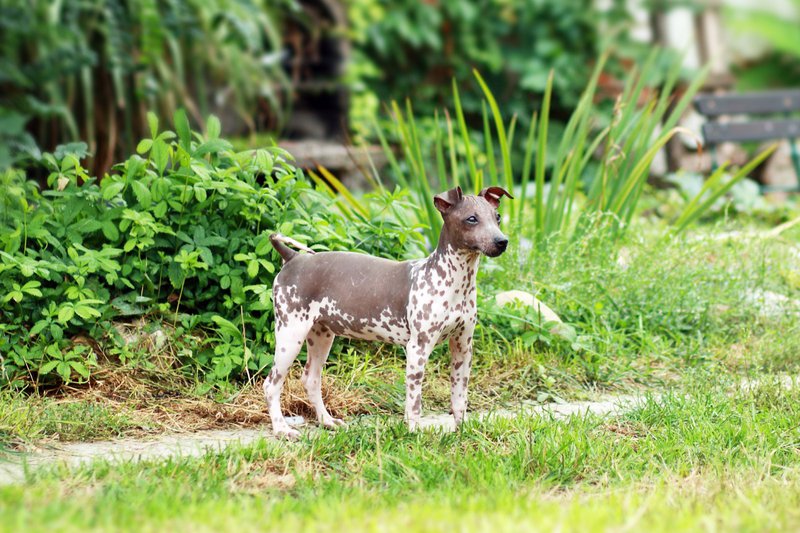
The Best Small Hypoallergenic Puppy Breeds
If you're looking for small puppies for allergy-sensitive homes, you’ve got some excellent options. But remember, no dog is completely allergen-free.
Small hypoallergenic breeds include:
- Bichon Frise
- Maltese
- Yorkie
- Toy Poodles
- Mini Schnauzers
These dogs shed little to none, which means fewer allergens in the air. Dander—the source of many reactions—sticks to fur and becomes airborne when shed.
Let’s go over some top picks.
The Bichon Frise
This puppy breed looks like a small cotton puff but doesn’t let much dander fly. Its curls trap particles until you brush them out. Brush at least twice a week. Bichons are cheerful and affectionate—great for kids or seniors alike.
Maltese Dogs
Known for being calm, their coats grow slowly, much like human hair. Daily brushing prevents tangles and helps control dander. They adjust well to small spaces and quiet routines.
Yorkshire Terriers
Yorkies are bold despite their size. Their fine coat sheds less but needs trimming. A short “puppy cut” is a favorite for easy grooming. Be aware that Yorkies can be vocal—check your home’s noise limits.
Toy Poodles
Miniature poodles are smart and obedient. Poodles are widely considered a top allergy-friendly breed due to their tightly curled hair. Regular brushing prevents tangles and keeps allergens down. Monthly trims are key for coat health.
If you're unsure what to choose, Bichon-Poodle mixes (Bichpoos) might work well. They combine traits from both parents and typically shed very little.
Miniature Schnauzers
Ranking high because of their dual-layer coat, which sheds very little when maintained. Weekly brushing helps and trimmed hair keeps dander from building up.
Many of these dogs do well in apartments or quieter homes. But they all need your time and company. Left alone too often, they may get anxious or bark.
In short, if you need a small dog with a low-allergen coat, try the Bichon Frise, Maltese, Miniature Poodle, Yorkie, Mini Schnauzer, or a Bichon-Poodle mix from this trusted source. Ensure grooming is regular, and your cuddles can stay sneeze-free.
Hypoallergenic Puppy Breeds: Medium and Large Sizes
There are medium and large dog breeds that may suit people with allergies. These dogs typically shed less and release fewer allergens as a result:
- Standard Poodle
- Giant Schnauzer
- Irish Water Spaniel
- Lagotto Romagnolo
These dogs do not shed much, and their coats can help contain dander. Grooming keeps this under control.
Standard Poodle
One of the best large breeds for allergy-sensitive homes, its curly coat catches and traps allergens. Regular brushing and trims are necessary, but many people find this dog easy to live with.
Giant Schnauzer
Large and strong, it has a thick, wiry coat that doesn’t shed much. Grooming twice a year (or more) helps reduce allergens, making it another sound pick. These dogs enjoy activity, so a yard is helpful.
Irish Water Spaniel
This breed has a curled coat that holds dander, and needs lots of activity. Regular outings or swimming help burn their high energy.
Lagotto Romagnolo
A smaller hypoallergenic puppy breed, yet still considered a larger breed compared to toy dogs. With a Poodle-like coat, it traps dander well. It’s smart, friendly, and was bred in Italy for truffle hunting.
Larger Hypoallergenic Puppy Breeds: Energy Levels
When looking for large breeds that suit allergy concerns, pay attention to their energy levels. These dogs need space to run and tasks to stay active. A backyard helps. Without it, they may get restless.
Grooming is even more important in medium and large breeds that shed less. Mats in a fur trap more allergens. If you keep the coat tangle-free, you reduce the spread at home.
If a mid-size dog sounds more manageable, consider the Schnoodle—a Schnauzer and Poodle mix. It combines intelligence, low shedding, and loyalty. Visit our page on available Schnoodles to learn more.
Big dogs can be allergy-compatible if the coat and care match your needs.
Looking for something stylish? Check out the Afghan Hound. Though long-haired, it sheds less than expected thanks to its fine coat.
If your allergies are mild and you want a larger companion, you’ve got options. Just be ready to keep the coat clean and provide daily care to reduce allergens.
Mixed And Designer Hypoallergenic Puppy Breeds
No dog is totally allergy-free. But some mixes may be easier for sensitive people.
People often ask, “Are doodles really hypoallergenic?” The answer is: sometimes. It depends on how much of the Poodle’s coat they inherit. Poodles tend to trap allergens. Other breeds do not.
Take Goldendoodles and Labradoodles. These Poodle mixes vary greatly. Some inherit the Poodle’s curls and shed less. Others take more after the Retriever and shed a lot. You can’t tell by looks alone.
Are All Doodles Allergy-Safe?
The belief that all doodles are allergy-safe isn’t true. Even the man who created the first Labradoodle said he regretted it—many people weren’t warned that coat types vary.
Still, doodles can be a fit if you're prepared. Daily brushing and frequent trims are a must. Without grooming, allergen levels rise quickly.
Popular doodle types like Aussiedoodles and Bernedoodles follow the same rule: curlier coats tend to release fewer allergens. That said, skin and saliva also matter.
Smaller mixes like Cavapoos or Maltipoos may suit folks in tighter spaces or with mild allergies, but grooming still matters. Clean coats keep allergens down.
Choosing a Hypoallergenic Mixed Puppy Breed
When choosing the best mixed puppy breed for you, it is important to remember to:
- Spend time with the pup before deciding.
- Ask the breeder how curly the coat is and which parent the dog takes after.
- Don’t rely on labels like “hypoallergenic.”
- Meet the dog and see how you feel. That’s the best test.
- Keeping the coat clean is as important as choosing the breed.
- When in doubt, brush, bathe, and stay on top of allergens.
The Effect of Grooming and Care on Dog Allergens
You might have heard that some dogs don’t trigger allergies. But the explanation is simpler: no dog is free of allergens. Managing dander starts with solid care.
Does grooming actually cut allergens?
Yes. Brushing, bathing, and trimming all help reduce allergen buildup.
Dander is dried skin. It collects in fur and spreads if not removed. Even dogs that shed less—like Poodles—still need care, or allergens pile up.
Here’s a good plan:
- Brushing: Do this two to three times a week for most breeds labeled “hypoallergenic.” It keeps the coat clear and makes baths easier.
- Baths: Wash your dog every two to four weeks. Use a gentle, pet-safe shampoo. This helps keep their skin healthy and removes built-up saliva and dander.
- Haircuts: Regular trims prevent mats. Tangled hair holds allergens. Some breeds need clipping once a month. The Affenpinscher, for example, benefits from hand-stripping for best results.
Prefer something lower-maintenance? Go hairless or short-coated—but remember, even hairless breeds need skincare to prevent flakes and irritation.
Keeping a home clean is part of the job, too. Wash beds weekly, vacuum often with a HEPA filter, and clean the air in shared spaces.
No matter the breed, coat care is key to staying comfortable. Even “low-maintenance” dogs need regular upkeep to keep allergens down.
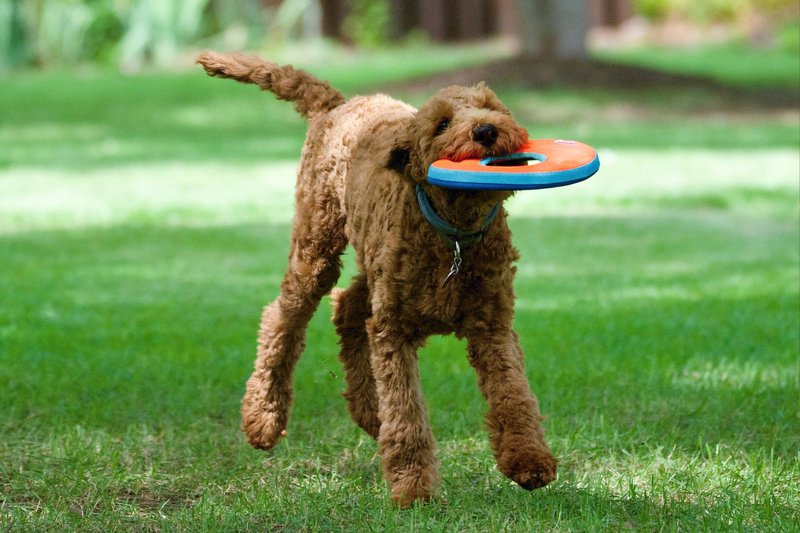
What To Consider Before Bringing A Hypoallergenic Puppy Home
If you react to dogs, here’s what matters most: all dogs produce allergens. The difference is how much they give off—and how well you can manage it.
Test Your Reaction First
Spend time with the dog indoors for at least an hour. This way, you’ll know how your body responds before making a long-term decision.
Allergy medicine might help, but don't rely on it when testing. The goal is to learn your exposure level without masking it. According to the National Institutes of Health, nearly 1 in 5 people in the U.S. react to dog allergens.
Your Home Makes A Difference
Keep a pet-free zone, like your bedroom. Use HEPA filters and clean them often. Choose smooth floors over carpets. Fabric holds dander, so washable covers help.
Wipe the dog’s paws after walks to limit outdoor allergens coming inside.
Consult With Experts
Your doctor or allergist may be able to test for the specific protein you react to. Some people only react to certain dogs, for example, or only to males.
Vets can help you compare traits, grooming needs, and space requirements to match a dog with your life.
From experience, the most allergy-manageable dogs vary based on the family. Poodles or Coton de Tulears are often top choices for gentle, low-shedding companions.
Wait until you’re sure. A little time on the front end saves a lot of discomfort later.
Finding Hypoallergenic Puppy Breeds
Good matches can take time—but they’re worth the wait.
Most importantly, real allergens come from saliva, pee, and dander. Hair and size matter less than grooming and care. Whether you choose a small, large, or mixed-breed dog, regular grooming and allergy plans help manage symptoms.
Take your time. Talk to professionals. Spend time with the dog. That’s how you’ll find the right match for a happy, sniffle-free home.
Bring Home a Hypoallergenic Puppy Today
Looking for a lovable puppy that’s easier on allergies? Puppy Dreams helps families connect with hypoallergenic breeds that suit your space, schedule, and sensitivity needs. Contact us today to find the perfect addition to your home!
